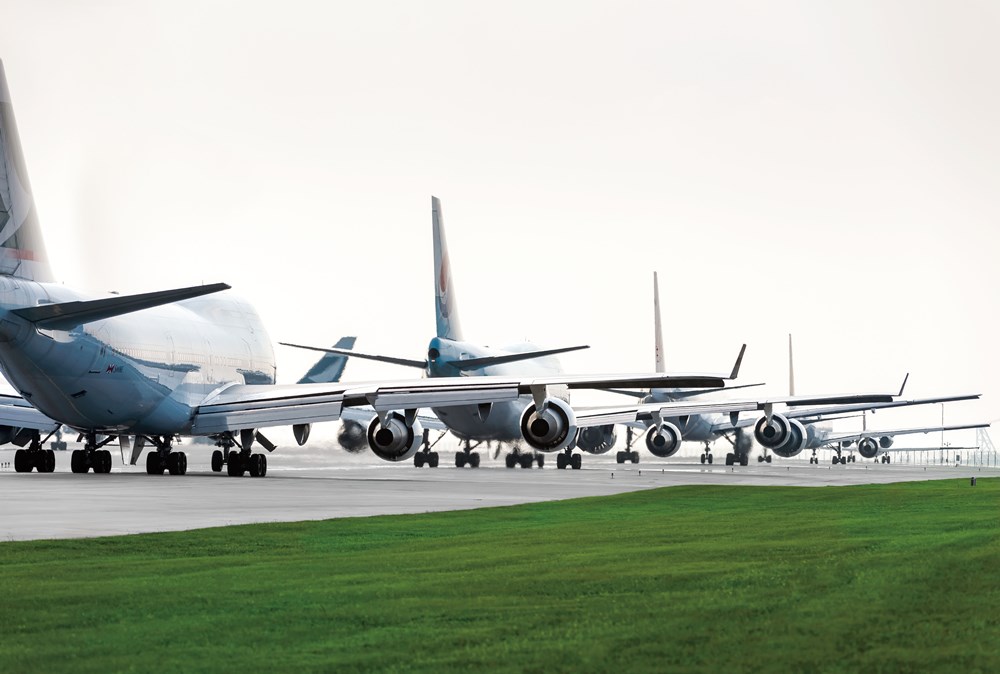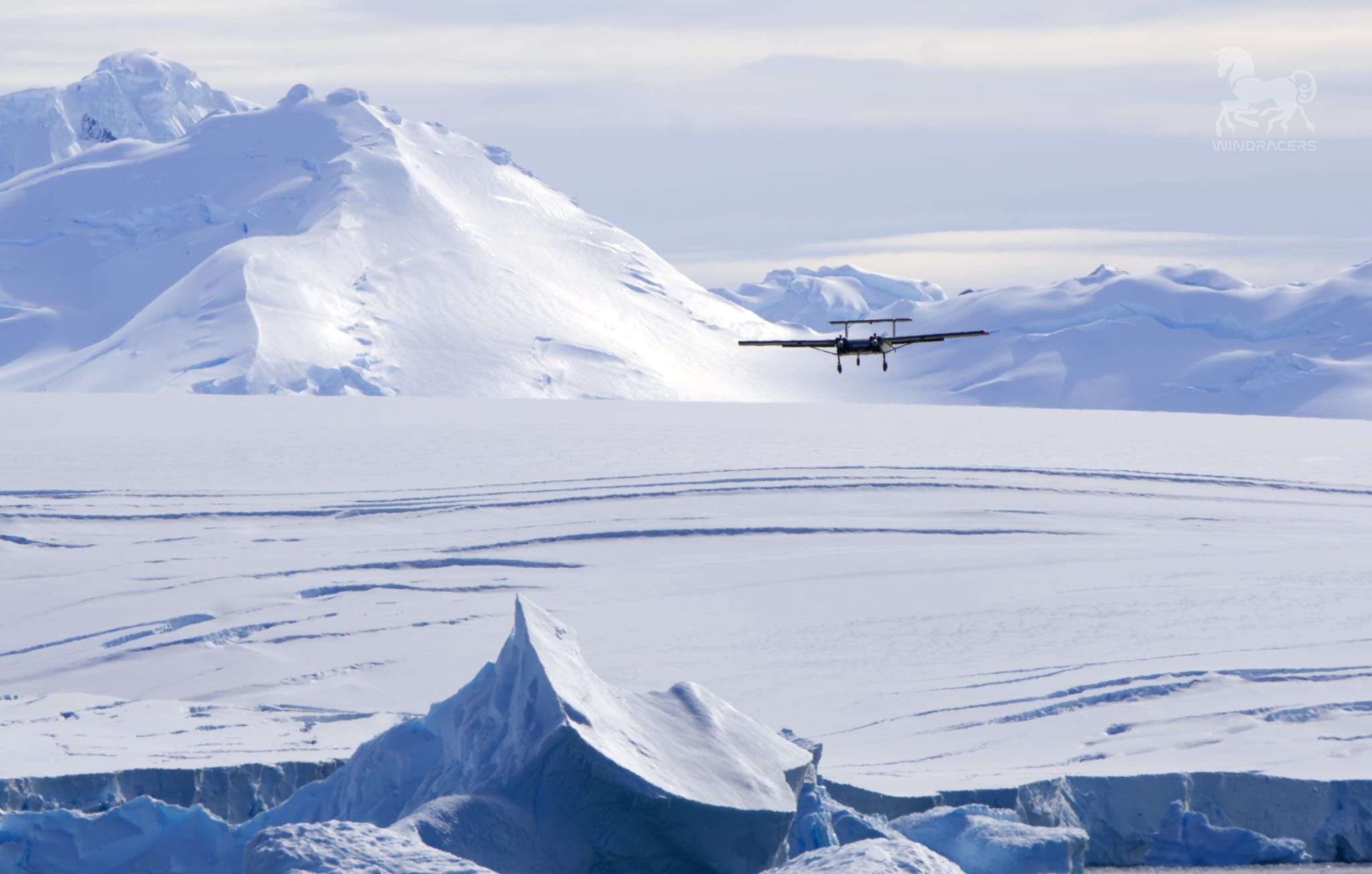Ash detection technology tested over live volcano
Testing of the new technology took place during a two week period over Sicilian volcano Mount Etna and the airline says the AVOID system is on schedule to be in commercial use by summer 2012.
The system - essentially a weather radar for ash - was created by Dr Fred Prata of the Norwegian Institute for Air Research (NILU).
The AVOID system involves placing infrared technology – developed by the US military – onto an aircraft to supply images to the pilot of ash in their flight path. The technology will enable pilots to see an ash cloud up to 100 km ahead of the aircraft and at altitudes between 5,000ft and 50,000ft, and allow them to make adjustments to the plane’s flight path to avoid any ash.
Andy Harrison, easyJet Chief Executive, said: “This pioneering technology is the silver bullet that will make large-scale ash disruption history. The ash detector will enable our aircraft to see and avoid the ash cloud, just like airborne weather radars and weather maps make thunderstorms visible.”
Analysis of two recent Icelandic volcanoes shows that the majority of flight cancellations would have been prevented with AVOID technology. And with Katla – the next Icelandic volcano likely to erupt, on a scale 10 times bigger than the last two – the new technology will open up larger areas of airspace that would otherwise be closed during a volcanic eruption, therefore reducing future disruption to air travel.













